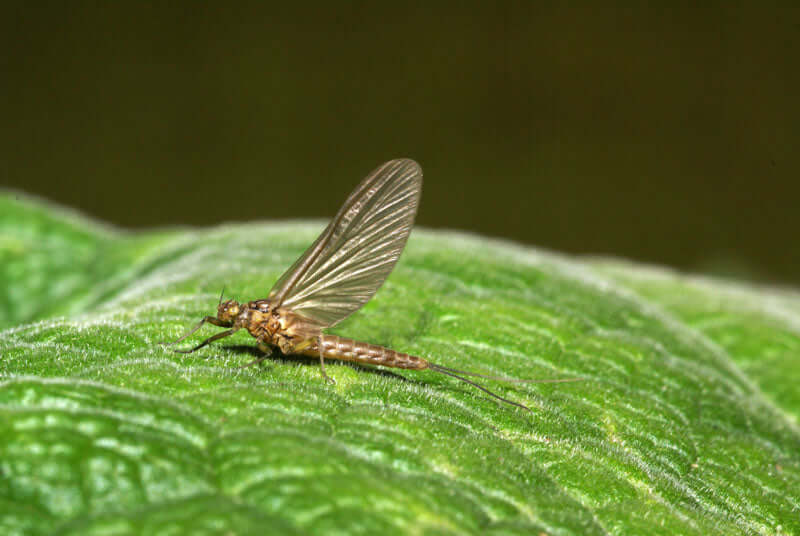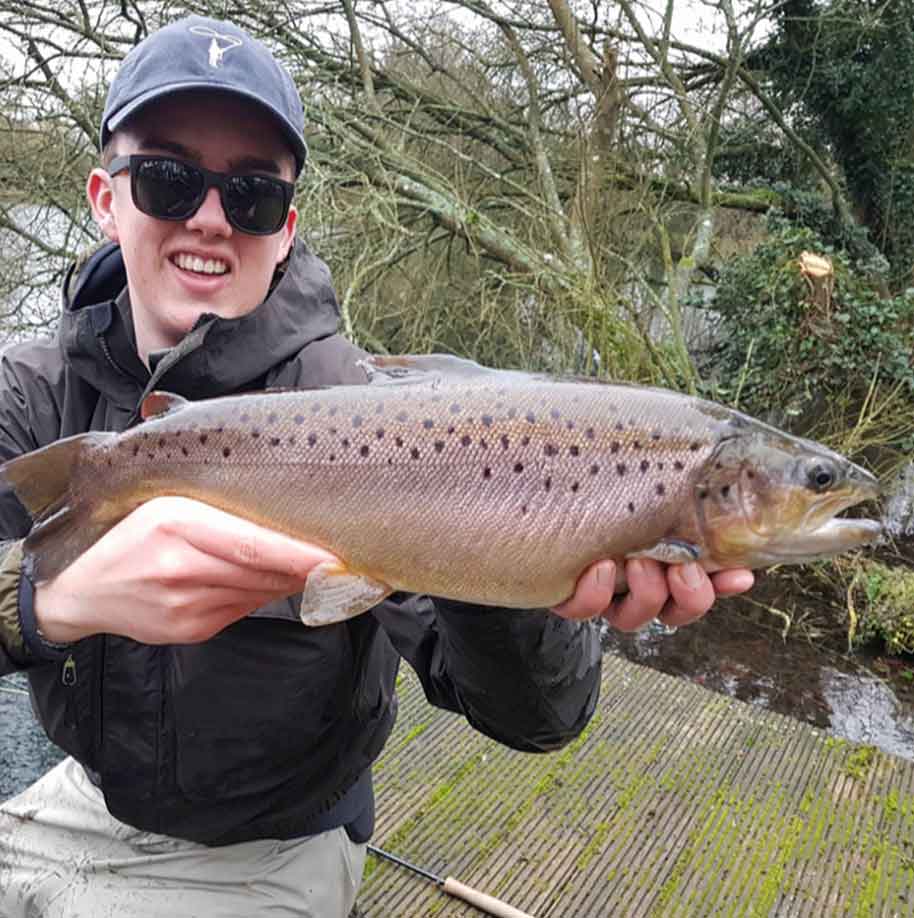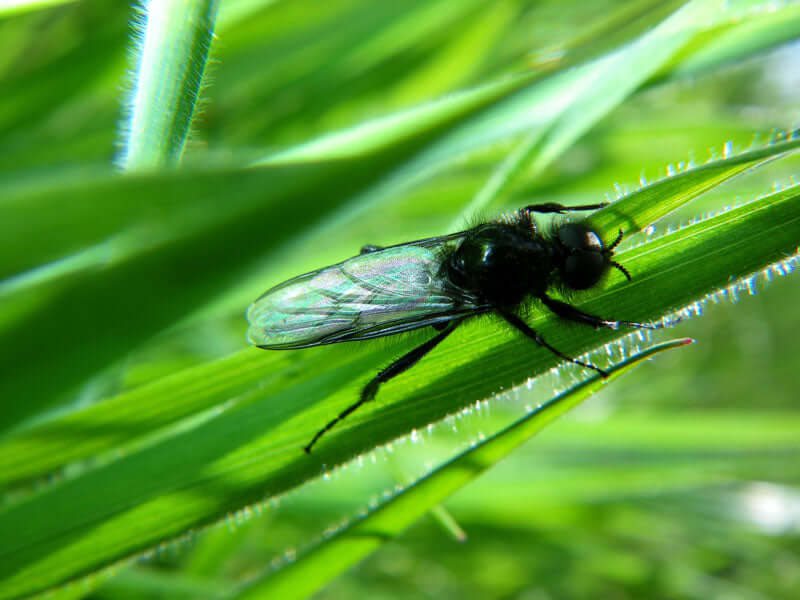Blog by Dave Southall
Dry Fly Fishing for Grayling
This winter I’ve had some amazing dry fly fishing for grayling on the Yorkshire rivers & for rainbows on my local small still water (Wansford Lake). In all cases the fish have been rising to microscopically small midges & I’ve usually had to drop down to size 30 CdC flies to consistently tempt the fish. This has necessitated the use of soft actioned light-line rods (Volition JL 10’ 2 weight & 10’ 6” Zero) teamed up with light lines (1 weight micro thin Jeremy Lucas, micro-nymph or 0 weight) & very light tippet (0.09mm diameter). However things are about to change as we get into March & April.
We are getting into ‘Large Dark Olive time’. On my local rivers LDOs start to emerge from any time in late February & hatches steadily increase up to the end of April. The best days are usually dull & often quite cool. In fact the best ever hatch of LDOs that I’ve seen on my local Yorkshire Derwent was on a dull day in mid-April with the air temperature 4C & flurries of sleet then snow. On bright, warm, windy days any flies that hatch off are soon warmed up & away before the grayling or trout have much of a chance of catching them.
There is no point going to the river early if you want dry fly action as LDOs rarely emerge before mid-day. I aim to arrive about 11am & head for the pool heads below any shallow riffles since these flies generally emerge from relatively shallow, well oxygenated, gravelly/rocky runs, particularly where there is a good growth of Ranunculus. In February & March hatches may be very short-lived, whilst later on they may last well into the afternoon.
Before the hatch starts I often fish a small (size 18) Bead-head Hare’s Ear or Stipped Quill Nymph in the riffles & pool heads, but once I see my first riser on goes a size 18 Shuttlecock emerger or a size 18 CdC IOBO Humpy. I use the same light-line gear that I’ve used when fishing Midges but with the larger flies I increase the tippet size to 0.10mm or 0.13mm diameter. If it is windy & warm & the LDOs are lifting off rapidly I’ve done quite well fishing a Shuttlecock on the point & a size 16 Waterhen Bloa Spider on a dropper about 2’ from the point, with most fish taking the spider. The Shuttlecock helps me to see when drag sets in, helps me judge exactly where my spider is so I can easily see takes & if I don’t see the take to the spider the Shuttlecock acts as an indicator. After the hatch has ceased sometimes the fish will continue to rise to Midges as these tiny morsels are about most days of the year. When the hatch has stopped & if there are no more rises then Stuart Crofts has a useful tactic & that is to fish a sunken Baetis Spinner pattern tied with a 1.5mm tungsten bead. The logic of this tactic is that Baetis Spinners (most of the Olives) crawl under the water to lay their eggs & the spent spinners never break back through the surface film.

Large Dark Olive (female Dun)

Baetis Spinner

Shuttlecocks

































